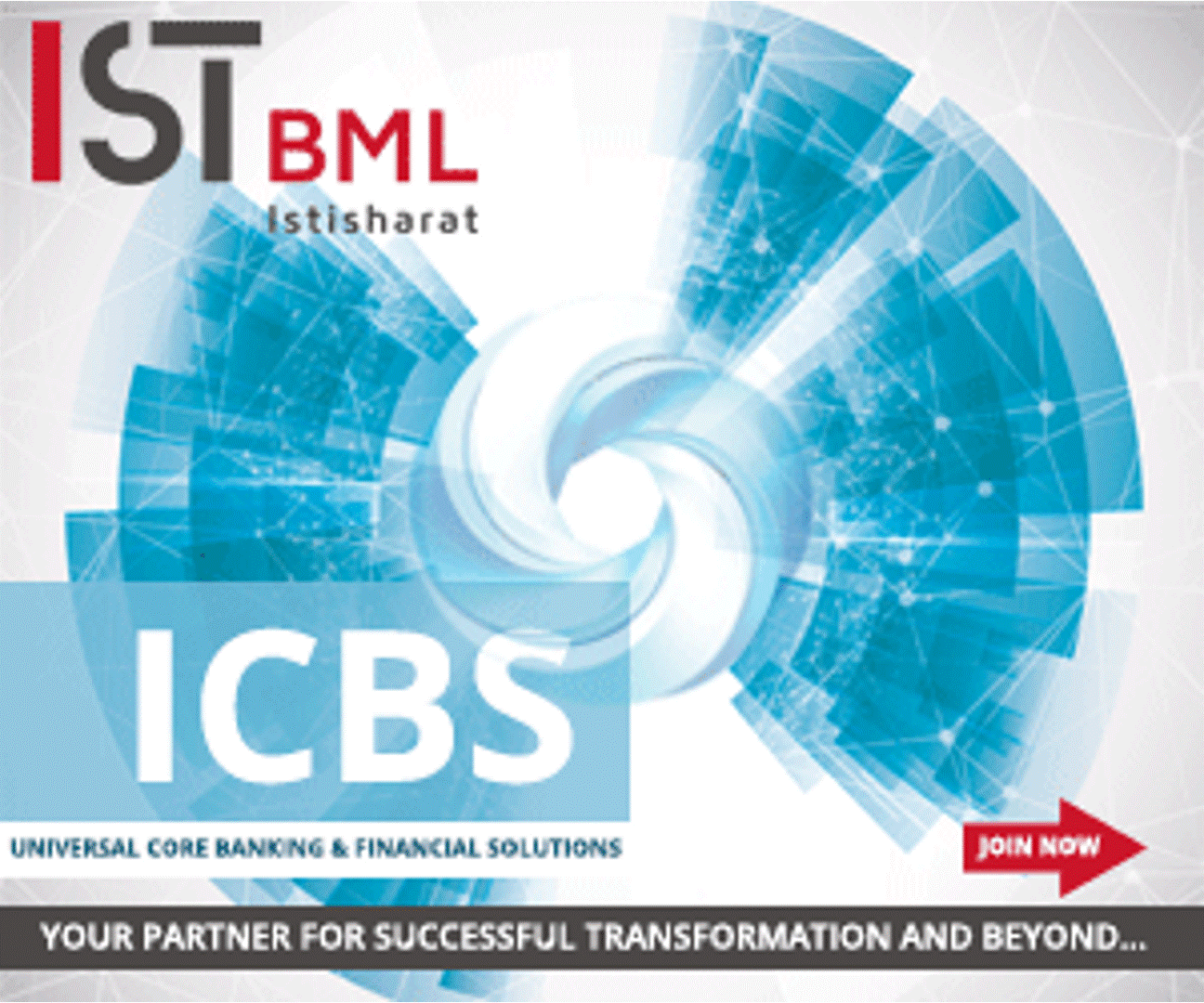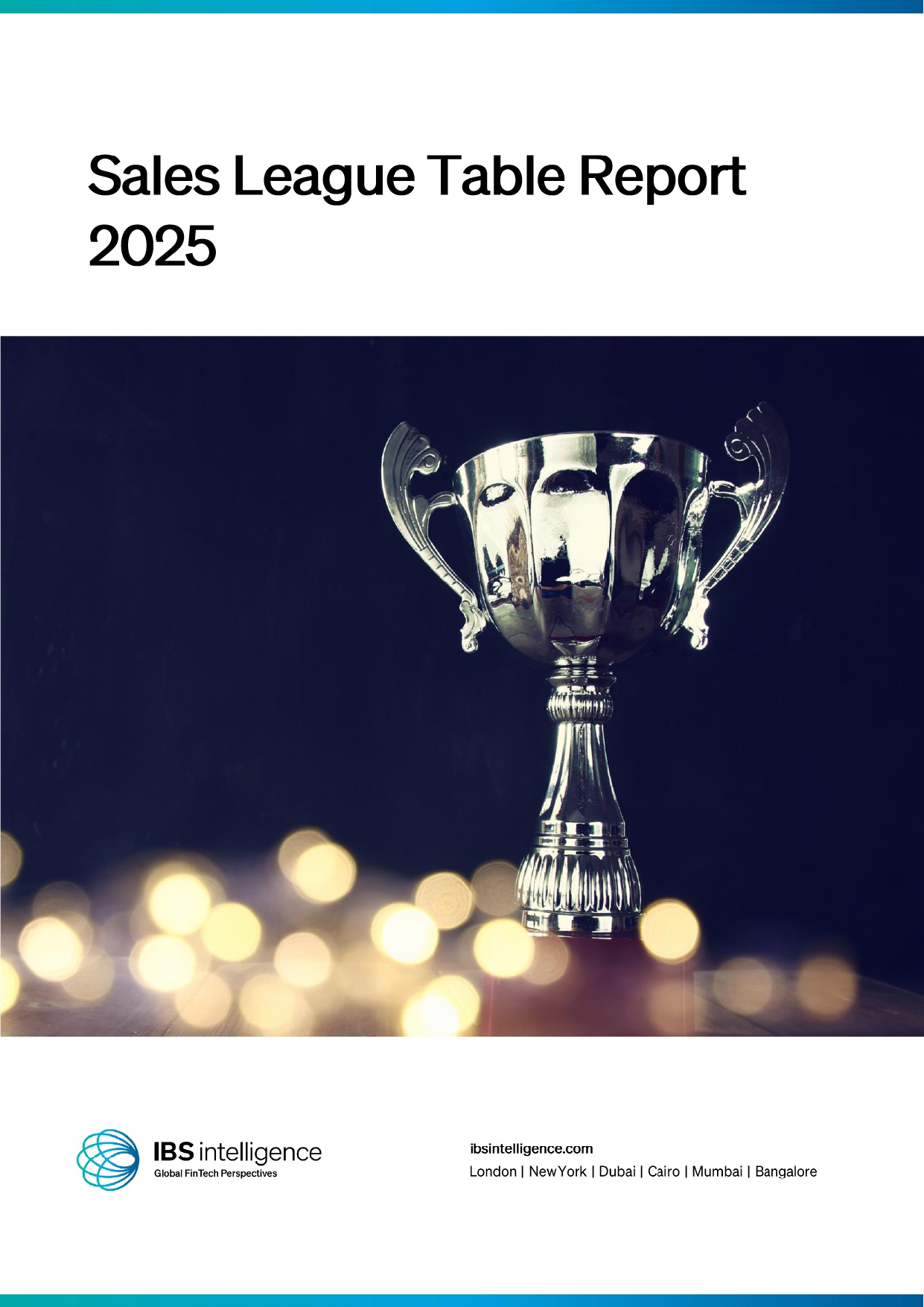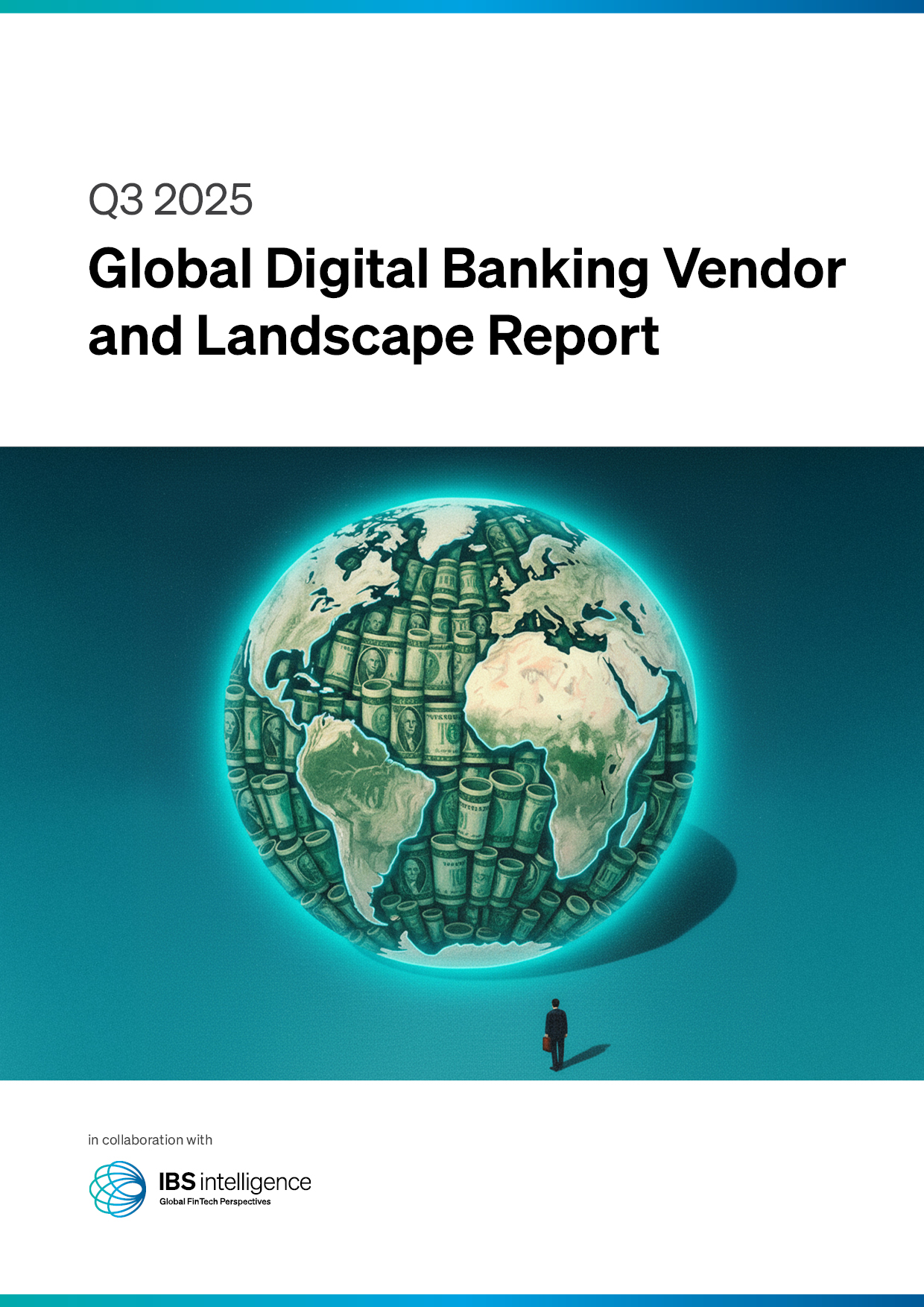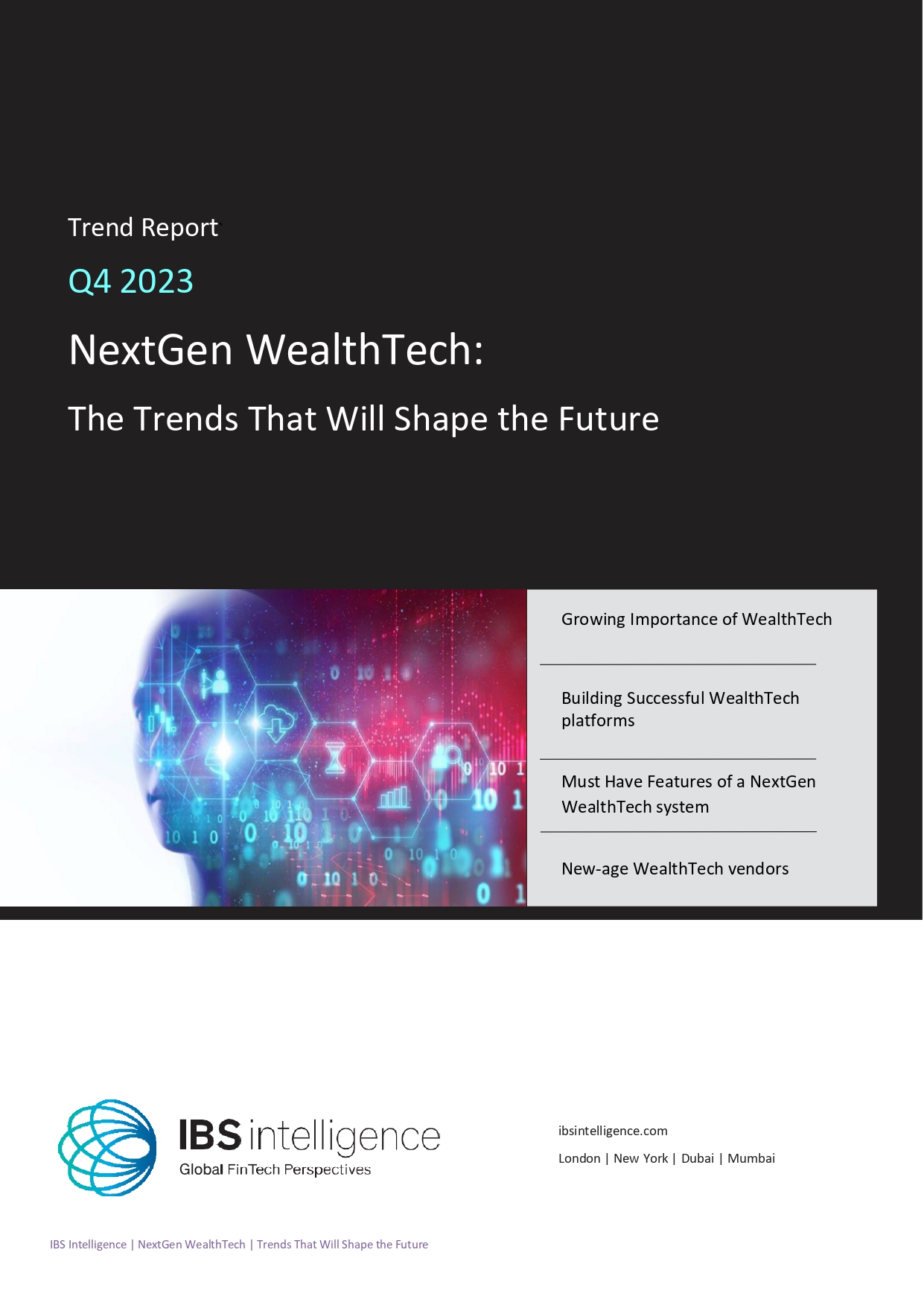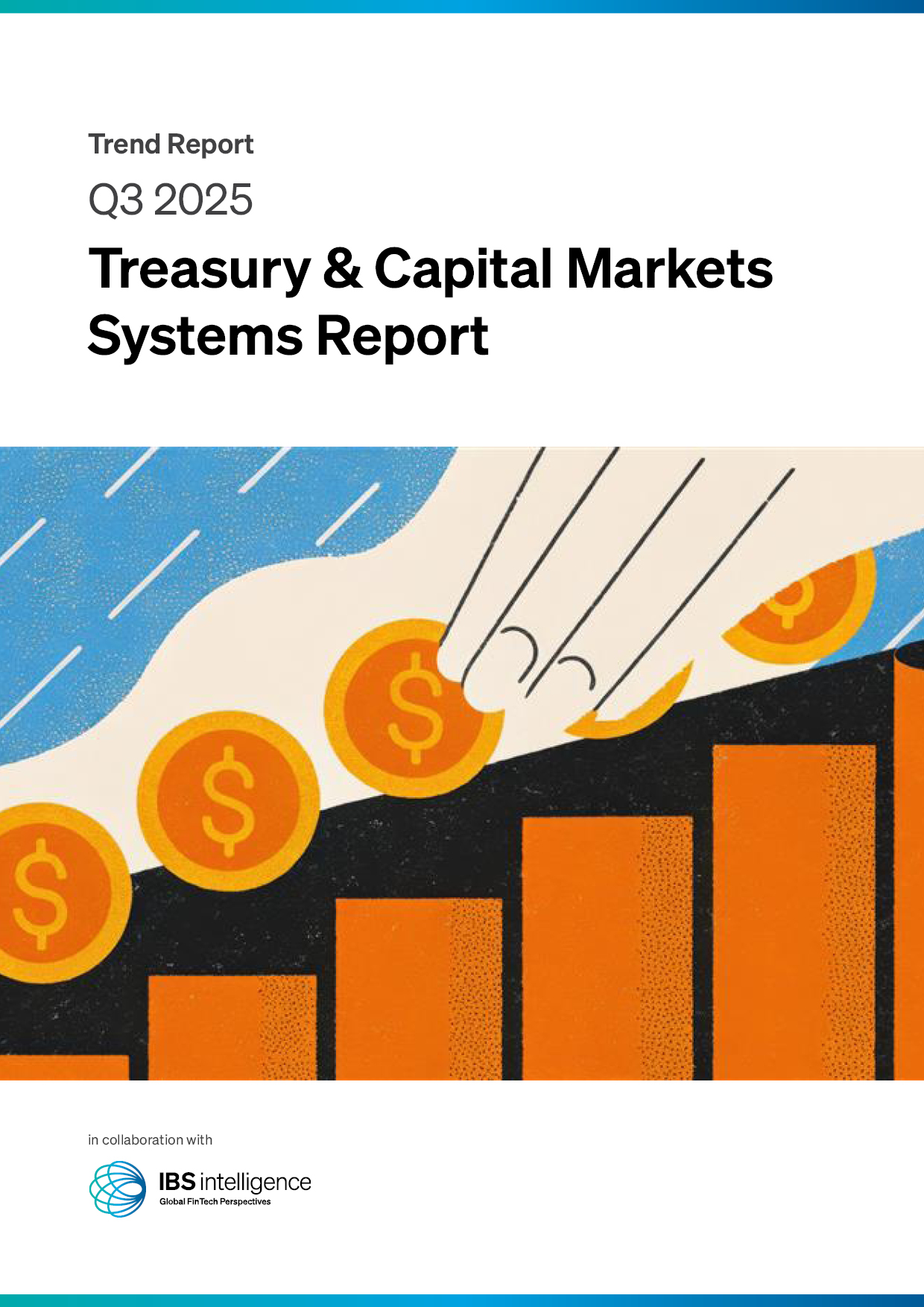 Back
Back
“Request to pay” expected to challenge established payment methods globally
By Puja Sharma

Request to Pay is widely expected to challenge established payment methods, with 87% of respondents viewing it as a good alternative to direct debits and 71% expecting it will reduce merchant’s dependency on payment cards.
Despite the early momentum from retail customers for bill payment services, 73% of respondents see the most demand for Request to Pay services for large corporates. To reflect this increasing demand, respondents are planning to leverage it to diversify product roadmaps, with invoicing, payment reconciliation, and the digitalization and integration of processes and systems identified as the leading emerging use-cases.
A survey of leading global banks by Icon Solutions has revealed that RTP is widely expected to challenge established payment methods, with 87% of respondents viewing it as a good alternative to direct debits and 71% expecting it will reduce the merchant’s dependency on payment cards. Yet 67% also identify bank readiness as the main barrier impacting adoption of Request to Pay services, with the limitations of existing technology and a lack of clear strategy seen as the key inhibiting factors.
Allowing payees to initiate payments within a secure messaging channel, enables new flexible ways for money to move between people, organizations, and businesses. ‘Demystifying Request to Pay: An Industry Perspective’ surveys over 50 industry stakeholders, including global retail and corporate banks, to understand customer demand, key use-cases, and the path to widespread adoption. In-depth interviews were also conducted with senior executives at several leading banks.
Louise Shorthouse, the Senior Payments Consultant at Icon, said: “Make no mistake, the industry expects Request to Pay to have a lasting impact on the future of banking and payments. The potential to deliver more flexibility, choice, and control to corporates, merchants, and consumers – while reducing costs – offers a real alternative.
For example, Request to Pay opens the ability to circumvent traditional card rails and drive consumers towards cheaper account-to-account (A2A) based payment options at the point-of-sale, and provides an alternative to direct debits that gives customers more flexibility in how they pay bills and manage their finances. If we consider the massive transaction volumes involved, it seems inevitable that Request to Pay will change the way we pay.”
“Despite the undoubted potential of Request to Pay, technology transformation programs remain notoriously difficult. Identifying a pragmatic path to upgrade existing technology estates, in tandem with a clear strategy that is aligned with broader business objectives, will be critical to accelerating bank support for Request to Pay services and remaining competitive in the long term.” Toine van Beusekom, Strategy Director at Icon said.
But with banks already at the limits of their technological and strategic capacity, trusted third parties promise to play an important role in filling the resource gap to help banks realize the huge opportunities presented by Request to Pay.
Yet despite increasing customer demand and growing uptake of instant payments presenting a compelling business case, a gap persists between industry attitude and actions. Few survey respondents had launched Request to Pay services to date and Request to Pay does not feature on the short-term roadmaps for many. While countering the risk of fraud and standardizing message content and exchange are seen as key challenges, bank readiness is overwhelmingly seen as the main barrier to adoption.
IBSi FinTech Journal
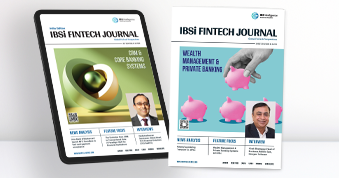
- Most trusted FinTech journal since 1991
- Digital monthly issue
- 60+ pages of research, analysis, interviews, opinions, and rankings
- Global coverage

